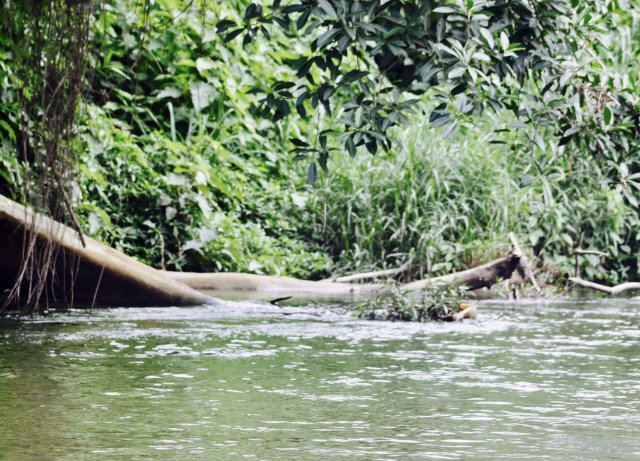So I'm from the UK and my nitrates straight out the tap according to my API test kit vary from 10-20 to 20-40 ppm, they are usually a colour that's closely resembles 20ppm on the API chart, sometimes slightly higher and sometimes slightly lower but always around the 20 mark. To keep things simple we'll say my tap nitrates are 20ppm.
What I often hear and have been told on this forum is that nitrates should be a max of 20ppm and water changes are necessary to bring these levels down, obviously with my water I'm already at the max before I've even added any livestock and water changes with my tap water are never going to reduce nitrates to below 20.
When I've bought this up on UK forums a lot of people see no issues with my tap nitrates level, the reason being that they believe the nitrates in UK tap water tend to be non harmful inorganic nitrates mostly from fertilizer run off. But on a previous thread I started here I was told to use ro, a heavily planted sump, nitrates resins etc to help reduce my nitrates, all good ideas but RD.
mentioned having previously seen on a UK forum that the US and UK measure nitrates differently.
RD.
mentioned having previously seen on a UK forum that the US and UK measure nitrates differently.
 RD.
saw on the UK forum.
RD.
saw on the UK forum.
The API kit I use measures nitrogen compounds in terms of concentration of the ion/compound, for nitrates this is no3-, whereas NT labs test kits measure nitrogen compounds in terms of nitrogen content, for nitrates this is no3-n. The difference between the two is a multiple of 4.43 (NT×4.3=API) so if my nitrates are 20ppm using API this would only be (20÷4.43) 4.5ppm using the NT labs kit. I've actually just ordered the NT labs kit so hopefully tomorrow or Sunday I'll be able to compare the readings of both and post pics of my results.
What I'd like to know is -
1 Do you have API kits in the US?
2 What is the most commonly used kit in the US and does it measure no3- or no3-n?
2 When people say keep nitrates below 20ppm are they referring to no3- (API) or no3-n (NT)?
Any information you can provide will be much appreciated.
What I often hear and have been told on this forum is that nitrates should be a max of 20ppm and water changes are necessary to bring these levels down, obviously with my water I'm already at the max before I've even added any livestock and water changes with my tap water are never going to reduce nitrates to below 20.
When I've bought this up on UK forums a lot of people see no issues with my tap nitrates level, the reason being that they believe the nitrates in UK tap water tend to be non harmful inorganic nitrates mostly from fertilizer run off. But on a previous thread I started here I was told to use ro, a heavily planted sump, nitrates resins etc to help reduce my nitrates, all good ideas but
I've been looking into nitrates a bit since that thread and I've found that different kits measure different things and this would explain whatAlso, on a UK forum in the past I recall one of the moderators explaining that nitrate readings in UK tap water, are not taken using the same method as in the USA, and that 10 ppm US, is actually the same as approx 42 ppm UK. You might want to look into that as well.
The API kit I use measures nitrogen compounds in terms of concentration of the ion/compound, for nitrates this is no3-, whereas NT labs test kits measure nitrogen compounds in terms of nitrogen content, for nitrates this is no3-n. The difference between the two is a multiple of 4.43 (NT×4.3=API) so if my nitrates are 20ppm using API this would only be (20÷4.43) 4.5ppm using the NT labs kit. I've actually just ordered the NT labs kit so hopefully tomorrow or Sunday I'll be able to compare the readings of both and post pics of my results.
What I'd like to know is -
1 Do you have API kits in the US?
2 What is the most commonly used kit in the US and does it measure no3- or no3-n?
2 When people say keep nitrates below 20ppm are they referring to no3- (API) or no3-n (NT)?
Any information you can provide will be much appreciated.
Last edited:




